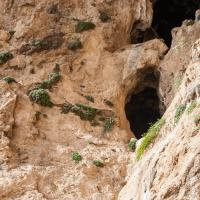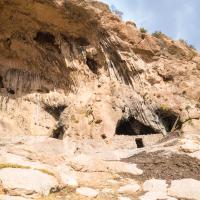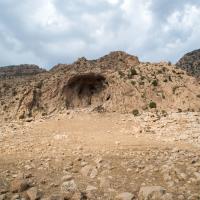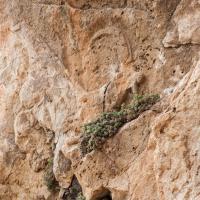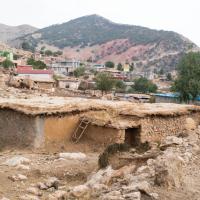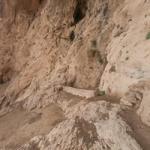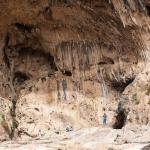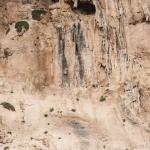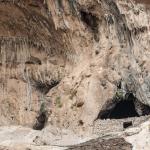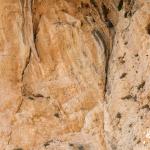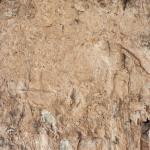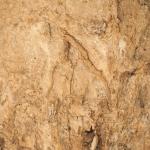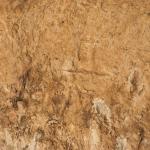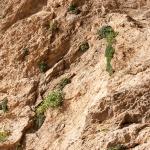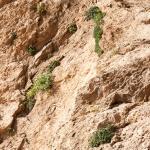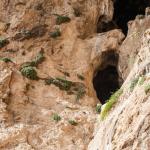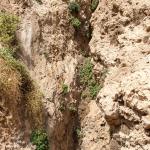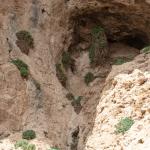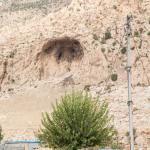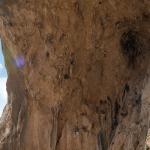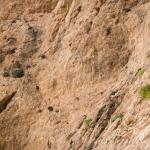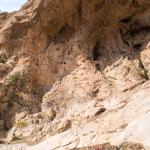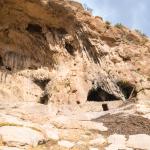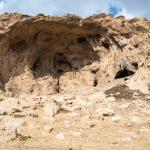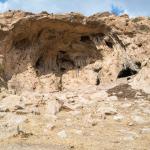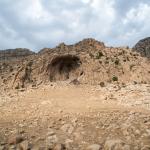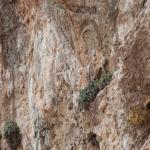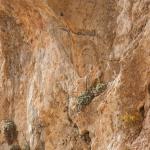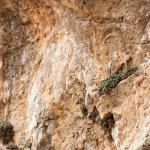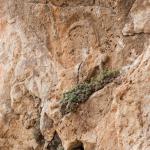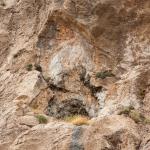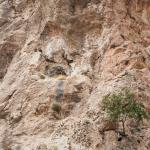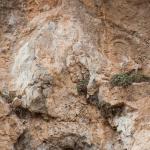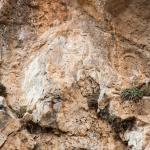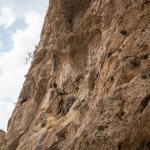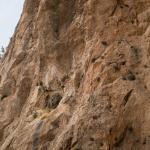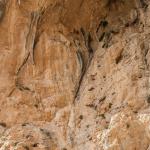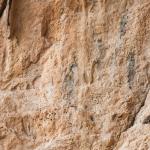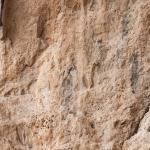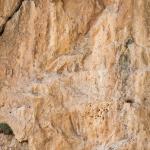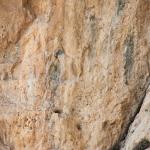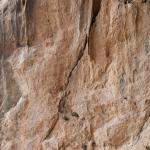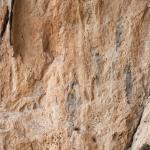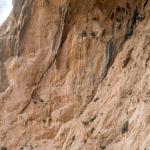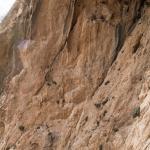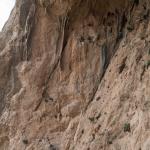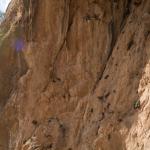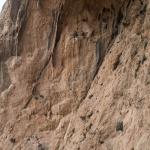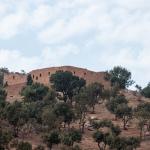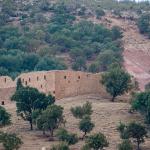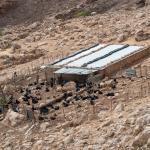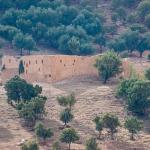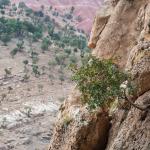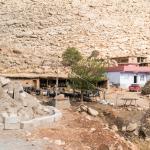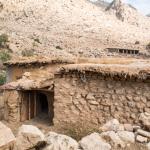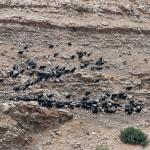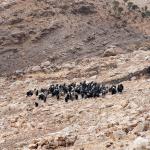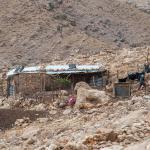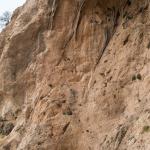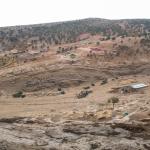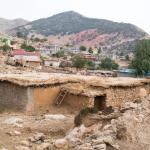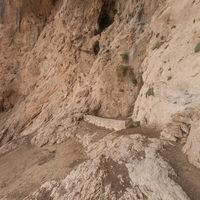Site Profile
The Gunduk reliefs are associated with a hillside cave, having been carved into the surface of the rock beside it, at its entrance, and inside it. The cave is located to the west of the eponymous village, which is a few km northwest of Aqrah and just over 100 km southeast Dohuk. The prominent monastery of Mar Audisho still stands on a mound north of Gunduk.
Media
Description & Iconography
'Description & Iconography' general sources: Layard 1853, 368–369; Bachmann 1927, 28–31; al-Amin 1948; Börker-Klähn 1982, 75–76, 234 (nos. 274–276); Reade and Anderson 2013, 84–92.
History
The cave and spring at Gunduk are natural features typically associated with sacredness and the supernatural in the ancient Near Eastern context. This would accord with the apparently religious themes of the relief panels. The addition of these reliefs during the third millennium BC/BCE suggests that Gunduk functioned as a sacred place at this time. It may be speculated that Gunduk remained a religious site during the Middle and Neo-Assyrian periods.
Gunduk seems to have retained its sacred character well beyond the end of antiquity. As reported by Austen Henry Layard in 1853, the Assyrian Christian inhabitants of Gunduk village associated the cave with St. John—reflected in the local name “Guppa d’Mar Yohanan” (Cave of St. John). They also interpreted the upper sculpture as a representation of St. John with his horse and the lower register as a depiction of a church ceremony. Today, the cave is used by local shepherds, though without any religious or spiritual associations.
'History' general sources: Layard 1853, 368–369; Reade and Anderson 2013, 92–97.
Early Publications
George Percy Badger visited Gunduk in April 1850, reporting of a cave with sculptures depicting a man in the act of spearing a wild sheep or ibex, and beneath this a procession of six figures standing in various attitudes.1 Austen Henry Layard passed through in July 1850 and described two relief sculptures carved at the mouth of a spacious natural cave.2 A half century later, in May 1914, Walter Bachmann visited the cave, providing a sketch of the area and photographing the reliefs.3 Several archaeologists and photographers visited the site between 1937 to 1947, at which time the third panel was documented.4
On the early studies of this site, see also Reade and Anderson 2013, 78–83.
Selected Bibliography
Al-Amin, M. 1948. “Archaeological Discoveries in the North of Iraq.” Sumer 4: 180–219.
Al-Haik, Albert R., Henry Field, and Edith M. Laird. 1968. Key Lists of Archaeological Excavations in Iraq, 1842–1965. Coconut Grove, FL: Field Research Projects.
Bachmann, Walter. 1927. Felsreliefs in Assyria, Bawian, Maltai und Gundük. Wissenschaftliche Veröffentlichung der Deutschen Orient-Gesellschaft 52. Leipzig: J. C. Hinrichs.
Badger, George Percy. 1852. The Nestorians and Their Rituals. London: J. Masters.
Börker-Klähn, Jutta. 1982. Altvorderasiatische Bildstelen und vergleichbare Felsreliefs. Baghdader Forschungen 4. Mainz am Rhein: P. von Zabern.
Calmeyer, Peter. 1971. “Gunduk.” Reallexikon der Assyriologie 3: 722.
Layard, Austen Henry. 1853. Discoveries in the Ruins of Nineveh and Babylon. New York: G. P. Putnam.
Reade, Julian E., and Julie R. Anderson. 2013. “Gunduk, Khanes, Gaugamela, Gali Zardak - Notes on Navkur and Nearby Rock-Cut Sculptures in Kurdistan.” Zeitschrift für Assyriologie 103: 69–123.

